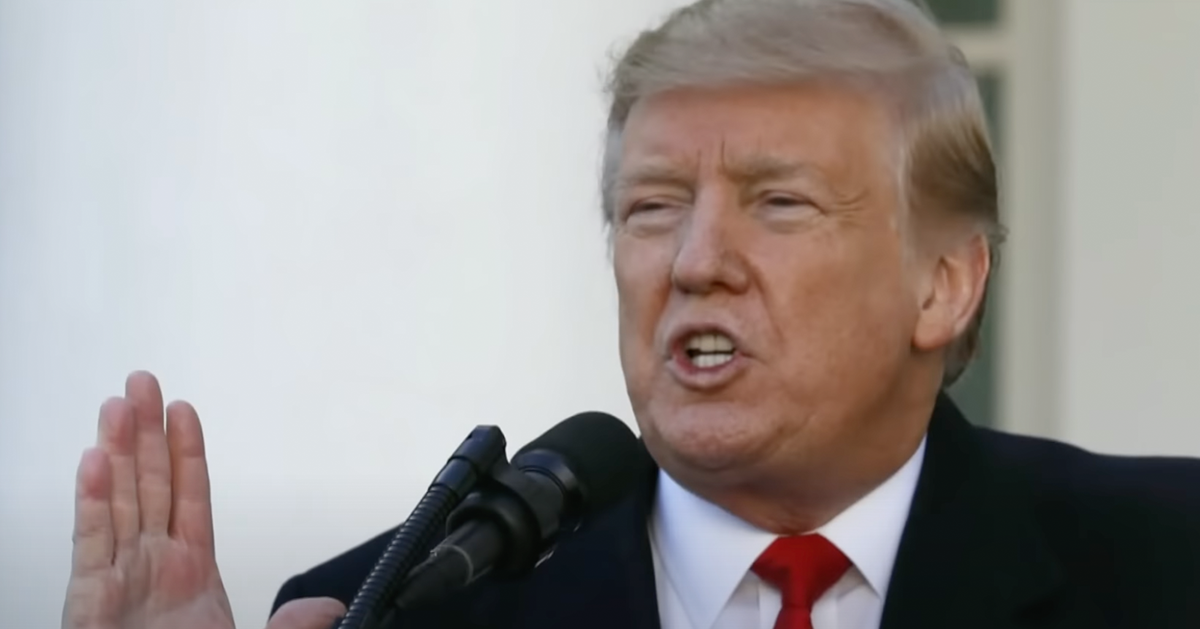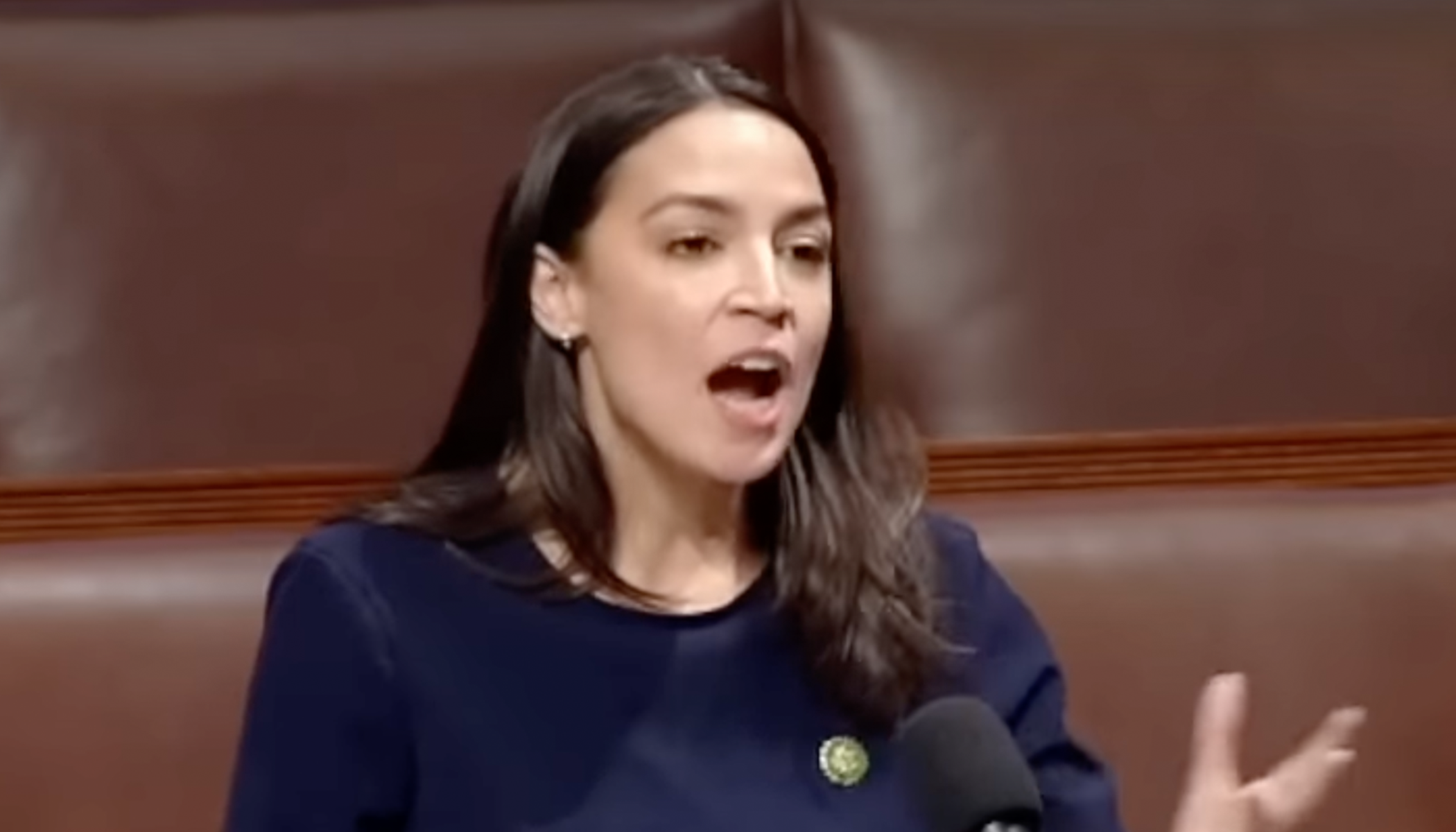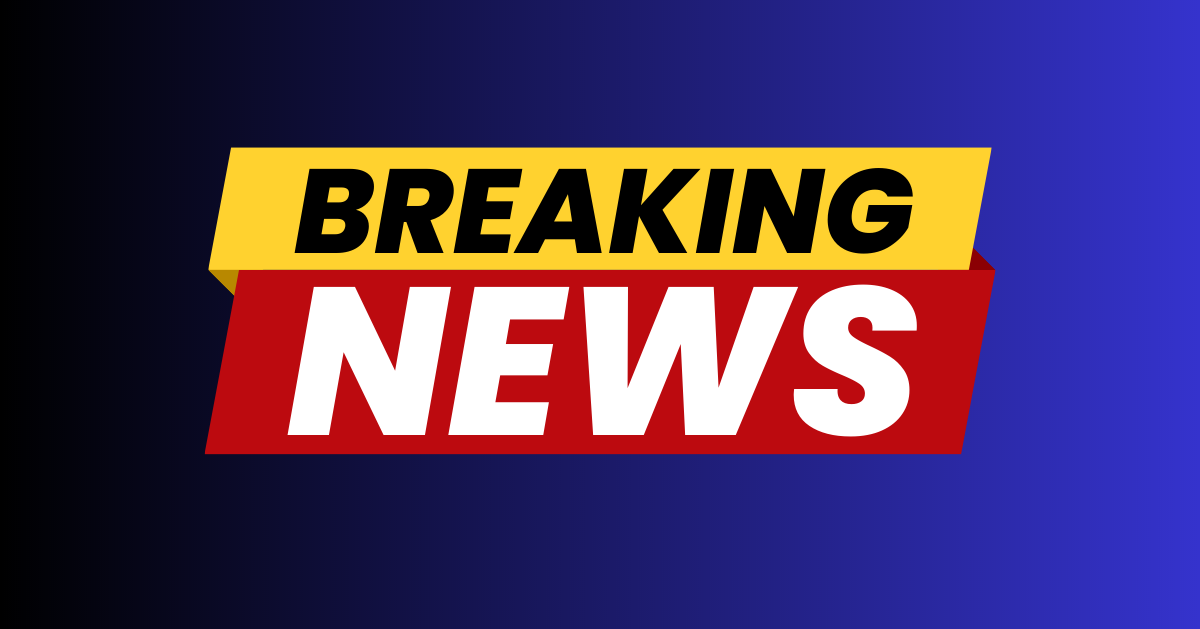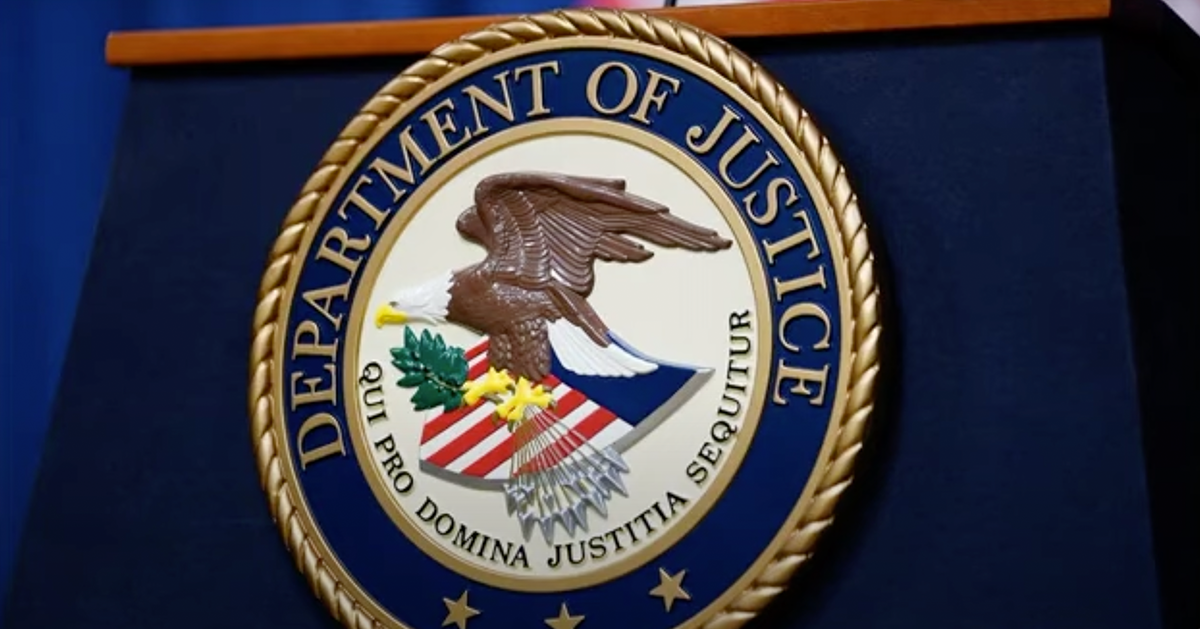Supreme Court halts action on Trump's attempted firing of Hampton Dellinger
The Supreme Court has intervened to temporarily prevent President Donald Trump from removing Hampton Dellinger as head of the Office of Special Counsel.
The court's decision pauses Trump's attempt to dismiss Dellinger until at least Feb. 26, pending further review, as the Daily Mail reports.
In the legal battle, which surfaced earlier this month, Dellinger responded to Trump's removal attempt by filing a lawsuit. A lower court previously ruled that Trump lacked the legal grounds to fire Dellinger, mandating that he remain in his position temporarily.
The Supreme Court issued an unsigned order on a recent Friday evening, maintaining this decision until a more thorough consideration could take place.
Supreme Court Justices Express Different Views
The decision to halt the firing was not without dissent. Justices Samuel Alito and Neil Gorsuch favored immediate removal, expressing their stance in writing.
Conversely, Justices Sonia Sotomayor and Ketanji Brown Jackson were among those who opposed Trump's initiative, emphasizing the illegality of the dismissal without evidence of misconduct.
The current legal scenario forms part of a broader campaign by the Trump administration to implement widespread reductions in various federal departments.
As part of this effort, Elon Musk has been designated to lead a new department aimed at boosting efficiency. These changes have already led to the loss of jobs for thousands, stirring concerns about the potential impact on national security and other vital federal functions.
Federal Workforce Faces Dramatic Changes
Alongside attempts to oust Dellinger, the Trump administration executed extensive layoffs spanning several key federal agencies. Just last Friday, between 1,200 and 2,000 employees from the Department of Energy were dismissed.
These job losses included positions at the National Nuclear Security Administration, where 325 employees were initially let go, though some layoffs were later reversed.
The layoffs majorly targeted administrative roles, but not exclusively. Key positions such as supervisors and inspectors were also affected.
A source from the National Nuclear Security Administration conveyed concern about the lack of comprehension regarding the significance of their work to national security.
Controversies Surround Firing Practices
Amid the chaos, HR personnel at the Department of Energy were allegedly instructed to justify dismissals using unsatisfactory performance evaluations. This method of dismissal, which places additional pressure on workforce morale, has raised eyebrows about the ethicality of the firings.
Furthermore, there has been a concerted effort to decrease the federal workforce across numerous other departments, including Interior, Veterans Affairs, Agriculture, and Health and Human Services. The focus has sharply been on employees in their probationary phase, echoing a broader strategy to reshape federal operations.
Controversial Reappointments and Leadership Decisions
Notably, Trump's administration had initially made a controversial decision to dismiss personnel responsible for overseeing America's nuclear arsenal, only to later retract this choice due to its critical national implications. This back-and-forth has attracted criticism and underscored the high stakes involved in these decisions.
Public figures and officials reacted strongly to the administration's handling of federal layoffs. Pete Buttigieg lambasted what he referred to as "incompetence," highlighting the disorganized nature of the layoffs and subsequent rehiring.
Glenn Kirschner, a noted legal analyst, commented on the Supreme Court’s intervention as "unexpected," indicating the surprise and complexity surrounding the case. The evolving situation continues to generate interest, as stakeholders from within the government and external observers watch closely for developments.
As the date for further Supreme Court review approaches, the administration’s actions regarding federal workers remain under intense scrutiny. The implications extend beyond individual job losses, raising questions about the future direction of federal operational structure and effectiveness. The nation awaits the outcome with growing anticipation, aware of the far-reaching potential impacts of these transformative moves.






